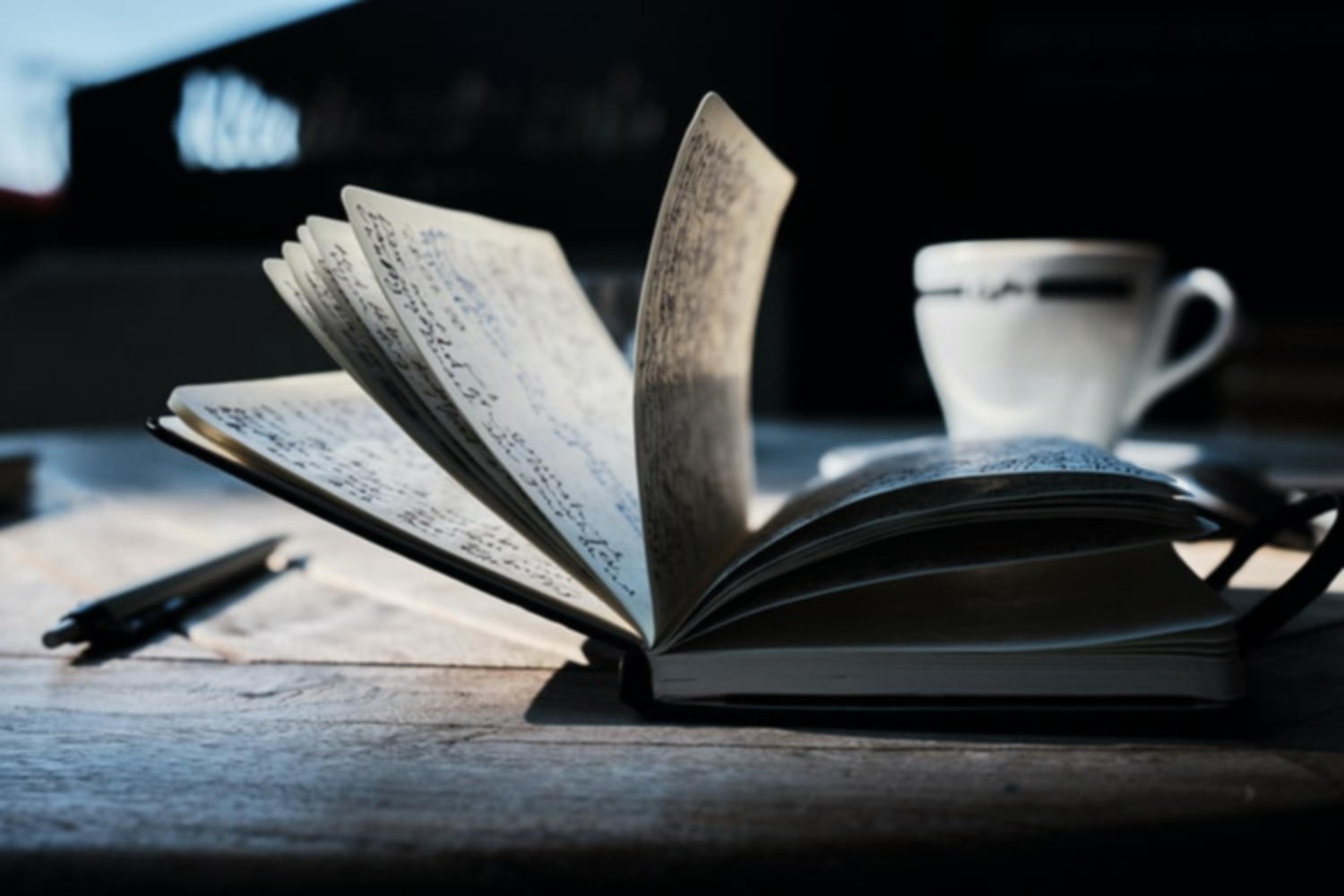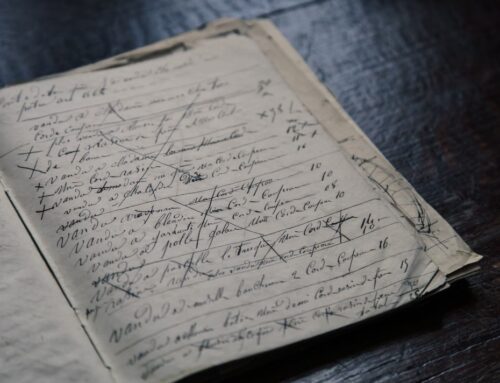Here, you’ll find an analysis of the poem “Exposure” by Wilfred Owen, including a breakdown of the stanzas, an insight into the speaker + voice of the poem, and an exploration of the themes and deeper meanings. This is only a quick overview to help you get to grips with the poem; you can access a full in-depth breakdown of the poem below.
Thanks for reading! If you find this document useful, check out the full analysis of this poem.
For full access to our AQA GCSE Power and Conflict Poetry course, click here.
Here’s a link to the poem if you want to read it along with the analysis.
STORY/SUMMARY
Stanza 1: Our heads are in pain because they are under constant pressure from the cruel icy winds that come from the East and attack us as if they were made of knives… We are exhausted but we stay awake because the night is silent and dangerous… our memory of what we’re supposed to be looking for is confused by the distracting low drooping lights in the distance…. Worried by silence, the watchmen whisper, they are curious, nervous, but nothing happens.
Stanza 2: While we’re watching, we hear the mad gusts of wind tugging on the barbed wire perimeters – it looks like the way in which dying men twitch in pain when they fall into them. To the North, there is a never-ending rumble and flicker from the guns, far off in the distance as if it is a rumour of another war. What are we doing here?
Stanza 3: The sharp, sad misery of dawn begins to grow… it is another day that will be just as hard as the last; we only know that war keeps going, rain soaks and clouds grow heavy and sag when a storm is coming. Dawn gathers her army in the East, attacks us once more with rows and rows of grey – the rain, wind and snow – but nothing happens.
Stanza 4: Sudden flights of continuous bullets streak through the silence. These are less deadly to us than the cold air that shudders black with snow, with its snowflakes that flow along our ranks that gather, pause and renew, we watch these flakes drifting up and down in the uncaring wind, but nothing happens.
Stanza 5: Pale snowflakes creep up on us stealthily, as if they are frozen fingers that come feeling for our faces – we cringe in holes, retreating into our forgotten dreams. Dazed by the snow, we see deeper into our dreams and memories; we stare into the grassier ditches of our past, remembering times when we were lying in better places, living better lives than we do now. So we start dropping off to sleep, being made drowsy by the sun, imagining ourselves being covered in flowers that trickle where a blackbird is hopping around – Are we dying?
Stanza 6: Slowly our spirits (the ghosts of ourselves) drag us back to thoughts of our homes: we notice that there are sunken fires that have almost burned out, they are deceptively crusted with dark red embers that look like jewels; crickets gather around them and make jingling noises; for hours the innocent mice celebrate the warmth of these fires: the house is theirs; with its shutters and doors all closed: on us, the doors of our old houses are closed (because there is probably no chance that we will return to them alive) – we turn back to our dying.
Stanza 7: We turn back to our dying since we believe that if we don’t go to war then kind and good fires won’t continue to burn; the sun (the light of God) smiles truly on child, or field, or fruit – though it doesn’t smile upon us. Our love turns to fear because we are fighting for God’s invincible spring (a brighter, better future with the innocence of new life). Therefore, we are not reluctant as we lie out here waiting, it is for this reason that we were born, because the love of God in this world seems to be dying and it is our job to rekindle it.
Stanza 8: Tonight, this frost will fasten on the mud and ourselves, it will shrivel our hands and make our foreheads wrinkly and crisp. The group of people who are burying the dead, with their picks and shovels shaking as they grasp them, they will pause as they look at the dead people’s faces and realise that they half-know them. The eyes of the dead men are frozen over, but nothing happens.
Soldiers in the trenches of WWI, 1914 – with a dog for company
Photographer: H. D. Girdwood
SPEAKER/VOICE
Narrating from the perspective of an individual soldier fighting in an unnamed war, the speaker uses first-person collective pronouns ‘we’, ‘our’ and ‘us’ to demonstrate that he is not just writing about his own experience, but the experience of all soldiers that fight on the frontline. The effect is to suggest that in the moment of battle many soldiers lose sight of the wider causes for which they are fighting because survival becomes paramount. Equally, the experience of waiting to fight is depicted as potentially more harrowing than even the war itself, as the soldiers are exposed to the cold and fierce elements as well as mental and physical exhaustion while they are waiting to kill, or be killed.
THEMES
- Conflict
- War
- Death
- Psychological turmoil
- Dreams
- Soldiers
- Modern warfare / Technology
BONUS CONTENT:
POSSIBLE ESSAY QUESTIONS
Note: If you are studying this poem as part of the AQA Power + Conflict poetry anthology, it is an excellent one to learn well and in great detail because in terms of theme it links quite easily to almost all of the other poems in the collection, so you can compare and contrast it well in your essays.
Discursive Essay:
Consider ways in which poets present attitudes to conflict in ‘Exposure’ and at least one other poem from your collection.
Argumentative Essay:
‘Owen’s poetry is autobiographical, focusing on his own personal experiences for inspiration.’ Discuss to what extent you agree with the statement, referencing ‘Exposure’ and at least one other poem from your collection.
Comparative Essays:
Compare the presentation of warfare in ‘Exposure’ and at least one other poem from your anthology.
Compare the psychological impact on soldiers in the war in ‘Exposure’ and one other poem from your collection.
Compare ways in which the power of nature is explored in ‘Exposure’ and at least one other poem from your collection.
Thanks for reading! If you find this document useful, check out the full analysis of this poem. which includes but is not limited to:
- Vocabulary
- Key Quotations
- Language Feature Analysis
- Form and Structure Analysis
- Context
- Attitudes + Messages
For full access to our AQA GCSE Power and Conflict Poetry course, click here.












